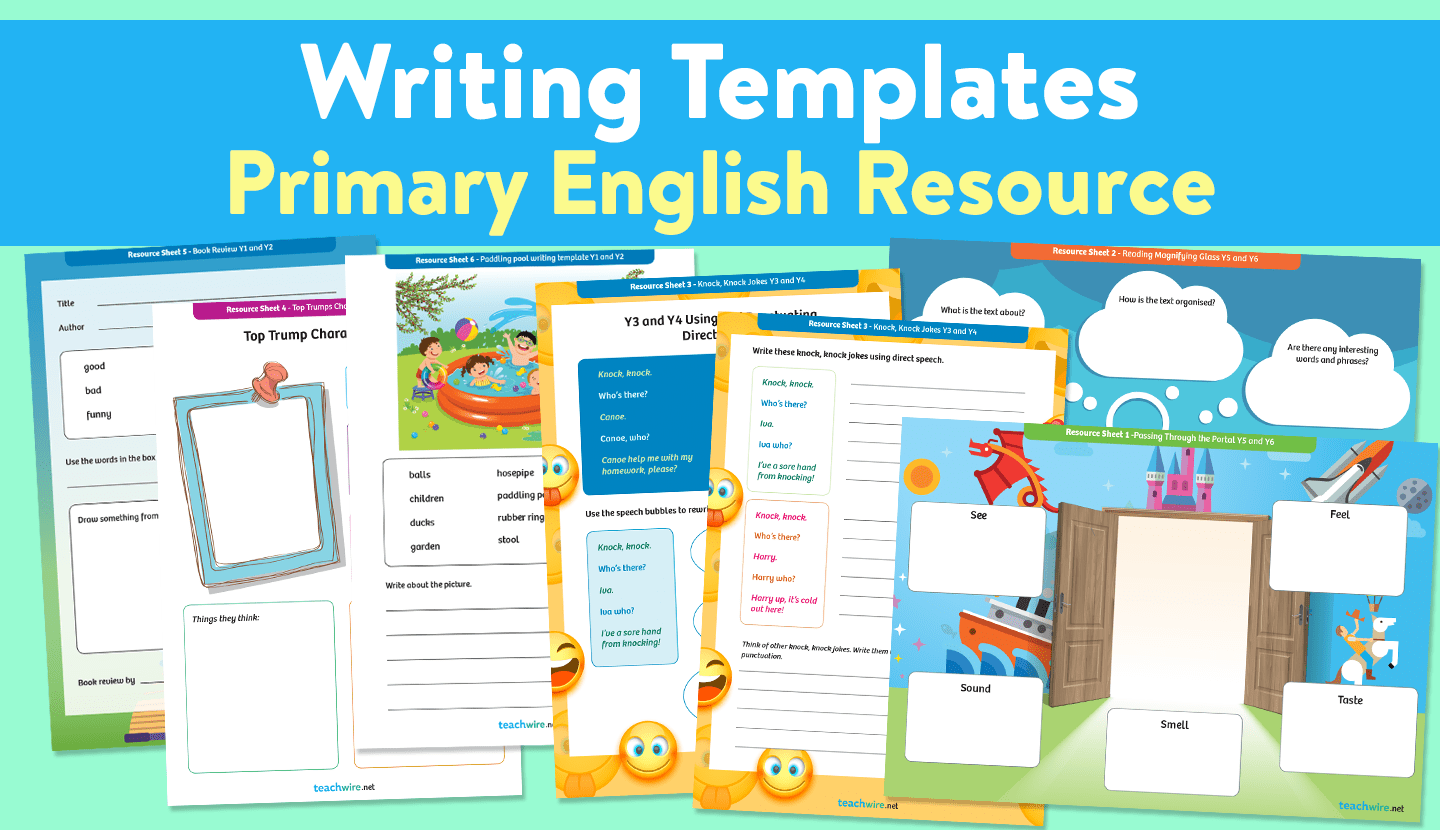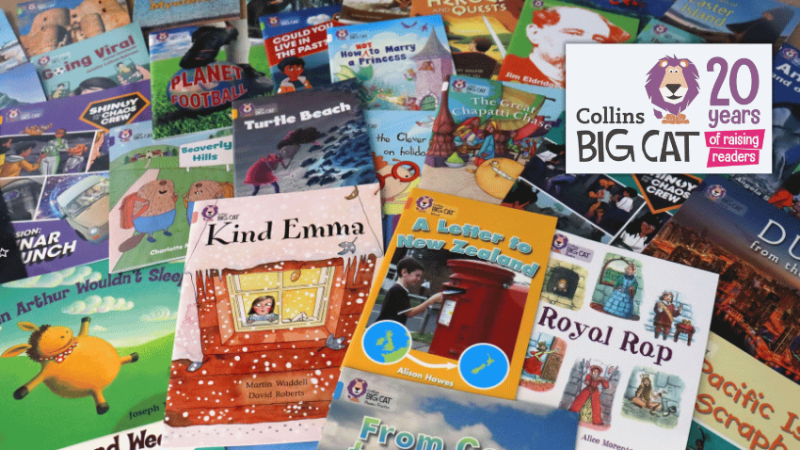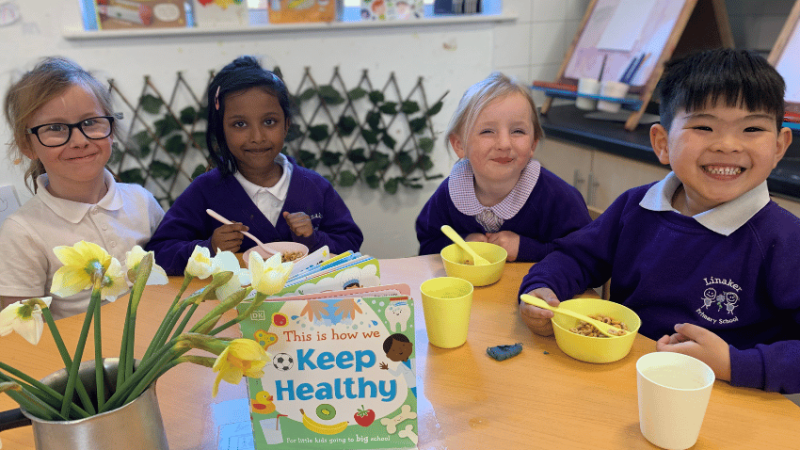KS2 writing – How to write for an audience

Sick of exhaustive lists of success criteria, or the suggestion to let pupils ‘just be creative’? You’re not alone. Improving writing actually starts with considering the audience…

To quote Lisa Simpson, “Writing is the hardest thing ever”. Well, teaching KS2 writing can seem even harder.
However, part of the problem is a tendency to overthink it and build it into something more complicated than it needs to be.
It can be tempting to think that all children must, eventually, learn to write through osmosis; that if we simply expose them to enough examples of competent writing, they will learn to pick up the tricks of the trade without effort.
We might be inclined to treat writing as an inherently creative, personal and subjective exercise, but this is not always the case.
There is a methodology to it, and this sometimes needs to be taught explicitly. This is especially true for children who may not speak English at home.
So how do we genuinely and meaningfully improve their writing? How do we get them writing sentences that sound good?
How do we get them writing whole texts that someone might genuinely want to read? Like any steep climb, it isn’t easy, but it’s also not impossible.
Writing for the reader
Unfortunately, generations of teachers have been let down by a lot of very questionable guidance and advice.
The national curriculum never really gets it right, whoever is in government, and Key Stage 2 assessments rarely incentivise the right things.
Some people will tell you that if we can just find the right checklist of magic ingredients that children must include in their writing, then we’ll finally nail it.
These self-appointed experts would have you take up half the space in your children’s English books with detailed lists of objectives and success criteria like use powerful adjectives and use personification to describe a setting.
At the other extreme, a different but equally questionable group of experts will tell you that if we stop telling children how to write completely and just let them ‘embrace their creativity’, then all sorts of wonderful things will happen by magic.
For these irrepressible free spirits, your job as a teacher is merely to inspire your pupils; to give them something that they’ll want to write about.
Instinctively, most practising teachers know that neither of these groups of experts has got it quite right.
The problem with both the ‘exhaustive list of success criteria’ approach and the ‘just let them be creative, dude’ approach, is that they ignore the role of the reader.
To really enhance our pupils’ KS2 writing, we need a realistic, practical path that places the reader at the centre of everything.
Here’s what that might look like in practice:
Clear and concise
As teachers, it’s easy to find ourselves incentivising our pupils to deploy ‘powerful adjectives’ or ‘advanced vocabulary’ even when they don’t enhance the clarity of their sentences.
Good KS2 writing is simple; punchy and easy to read.
Try sharing a sentence such as ‘The big, grey elephant walked through the jungle’ with pupils, and challenge them to remove unnecessary words.
(Whilst there is nothing wrong with this sentence, the words big and grey are superfluous, as the word ‘elephant’ immediately conjures up the image of a big, grey animal. Extra adjectives are a distraction.)
How to write for an audience
The purpose of writing is to do something to the reader – to entertain, inform, persuade or explain.
As far as possible, you want your pupils to see the impact of their writing on someone else, even if it’s just a classmate.
Trending
You will need to support your students in providing feedback to each other; we suggest using scaffolds or sentence openers to prompt the discussion.
E.g.: ‘Something I enjoyed about your writing was…’; ‘Something I think could be clearer is…’; ‘A question I have is…’.
Model texts
When we explain the process of writing to children, we need to be able to show them what we mean.
That means it’s worth taking the time to find and discuss examples of writing that demonstrate the skills you’re trying to teach.
It can be very helpful to write your own model texts if you’re confident enough to do so, as you can explain the process you went through from first-hand experience.
Targeted feedback
The best way to provide feedback to a child is almost always by talking to them.
Even though it requires some imaginative classroom management, it’s worth making the time to read a child’s writing in their presence, and explain the impact it has on you as a reader in real time.
It’s also much less of a hassle than taking 30 books home to mark!
Time to edit
When we, as adults, write anything, we edit obsessively.
We constantly tweak our sentences, and we can spend several minutes agonising over a particular choice of word.
This is the most important KS2 writing skill that children can learn, and it can be very hard for them to do.
A good way to start is to give them a piece of writing they did a long time ago.
Spotting the mistakes in a piece of work you’ve just completed can be quite tricky.
Criticising your own work after a long time has passed is much easier.
If you’ve ever stumbled upon poetry you wrote as a teenager, you’ll know what we’re talking about…
Plan backwards
To decide on a killer first line for a story, you need to know what is going to happen.
To introduce a non-fiction text in a way that makes information accessible for a reader, you need to know what information the text is going to contain.
When asking your students to plan, encourage them to start with an ‘end goal’ and work backwards from there.
These are just a few simple suggestions that we’ve found useful in the classroom during the years we’ve been teaching.
We hope they’ll be useful for you, too!
Zoë Paramour is the academic deputy headteacher of an independent primary school in North London. Timothy Paramour is the director of studies at a well-known independent school in Northeast London. The Writing Book (£20, Bloomsbury) is out now. Follow Zoë on Twitter @ZoeParamour











